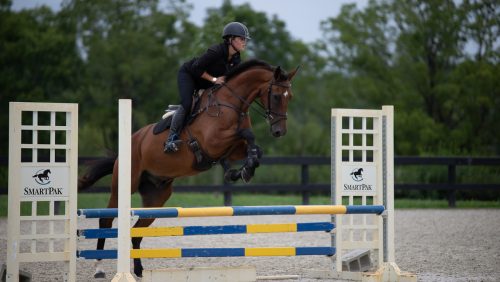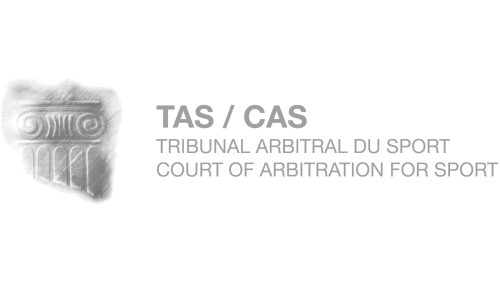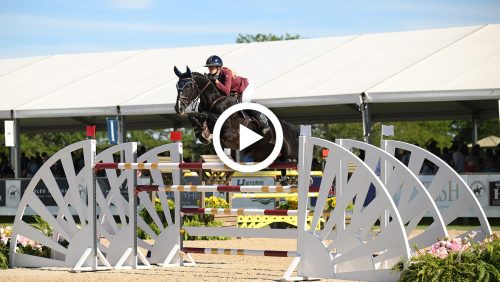There were certainly many highlights in equestrian sports this year, as well as some disappointments. Being optimists, we think that the disappointments often turn out to be opportunities once you get past the initial emotion of the situation.
This year we witnessed the Alltech FEI World Equestrian Games on our home turf. Yes, show jumping and eventing experienced some problems and did not produce the hoped-for results, but other sports such as vaulting, reining, dressage and driving really stepped up their games and proudly represented equestrian sports on the awards podium.
You might wonder how this benefits the hunter/jumper discipline. It benefits all equestrian sport by bringing increased awareness of our world to the general public. Such exposure will bring new sponsors and new participants into our world. This will increase our ability to grow our sport and bring it closer to becoming a mainstream sport.
Incredible stories of spectacular performances gave all of us pause to reflect on our own level of riding and training and inspired us to achieve greater performances. Regardless of your personal equestrian interest, anyone who watched Moorlands Totilas either in person or on television could not help but be impressed by this great athlete and his talented rider. The show jumping performances of the final four were amazing, and the winner, Philippe LeJeune, gave everyone a riding lesson and also a lesson in humility and respect for our horses. What an inspiration to see how much this horseman appreciates his horse.
The WEG also gave us the chance to introduce show hunters to an international audience through the hunter derby demonstrations. The demonstrations were truly impressive, and we should all be proud of the sacrifice these riders, owners, trainers and all the people involved made to be here in Kentucky while the first of the indoor shows was underway. These people had the vision to look past the immediate gain of going to that competition for the long-term gain to our sport of reaching new audiences.
Never Quite Fit
ADVERTISEMENT
On the downside, we are sadly witnessing the cancellation of the Syracuse Invitational for 2011. This event began eight years ago and for the first three years operated on the same dates as the National Horse Show at Pier 94 and the Show Piers on the Hudson complex in Manhattan. John Madden and his team had the vision to conduct a world-class competition, which brought top international show jumping riders and their horses to the United States. Financially, both competitions were struggling under the efforts of maintaining top events while also operating affordably. Ultimately, the National needed a new home, and it found one with the Syracuse Invitational.
The integration of hunters into Syracuse was not always easy, including the junior riders having to start on a Wednesday. It just seems like the hunters were never quite able to fit into the Syracuse format in the way both groups envisioned. Now the National is off to try again in a new venue by moving to the state-of-the-art Alltech Arena at the Kentucky Horse Park. This site is closer to the middle of our country based on horse and rider concentration. Perhaps the organizers will allow all qualified Maclay riders to participate at this new National Horse Show. Everyone in one place, competing on the same field of play, over the same course, just the way this prestigious championship equitation class began. This could prove to be a very positive step for the Maclay and the National, and hopefully we will see the Syracuse team reinvent their product and bring it back stronger in 2012.
The ramifications of McLain Ward’s Rolex FEI World Cup experience with Sapphire and the Fédération Equestre Internationale were felt around the world, especially in the United States. We all witnessed a situation where actions were taken without adequate forethought and policy establishment. We can only hope that the worldwide awareness of this situation will bring greater pressure on the FEI and all sanctioning organizations to have their policies and processes in place and thoroughly tested before implementation. As unfortunate as this experience was for McLain, his team, owners, horse and the United States, it presented an opportunity for the world to question and demand changes by the FEI to ensure that the fair and level playing field is exactly that, and no less than this is acceptable.
New Territory
While some competitions in our country experienced lower entries, increased participation was evident at several events this year including the Essex Classics/USHJA Hunterdon Cup competition held during the USEF National Junior Hunter Finals East. A record number of riders participated in this class, raising the bar in equitation competition.
The USHJA International Hunter Derby Finals saw an increase in competitors as well. Congratulations go to the support team who organized this event. Yes, we would all have preferred to show outdoors in the Rolex stadium, but WEG preparations prevented this from being an option. The exceptional efforts of Hugh Kincannon and his team made the most of the new coliseum and pulled out all the stops to make the courses in the indoor venue resemble those of an outdoor venue.
ADVERTISEMENT
We’re excited to see that professional riders and trainers are venturing into new territory by starting new competitions in 2011. There is no better way to become an all-around equestrian than to walk in everyone’s shoes. Our brave friends will be able to experience firsthand the other side of the sport, and we truly feel they will all be better for their efforts. The insight gained will give them a more comprehensive understanding of the sport, and that knowledge will create new ideas that will benefit our sport.
Just look at the opportunities that have come to fruition over the past couple of years. Our sport now has a Hunter Derby Program whose qualifying classes and finals bring close to $1,000,000 in prize money to the hunters, an event for jumpers with a $1,000,000 purse and a new event offering $500,000 to the 3-foot hunters.
In addition to these competition programs, new educational programs have been started through the USHJA such as Emerging Athletes and Trainer Certification. Our sport is changing and moving forward after so many years of being stagnant. It’s exciting to see people thinking outside the old box and finding ways to bring excitement and increase participation in the hunter/jumper discipline and equestrian sports overall.
Following a year of success, the USHJA experienced record turnout at the Annual Meeting in San Antonio, Texas, in December. Members from across the nation came to be heard and participate in finding solutions to the problems in our sport. We hope that this trend continues and the open conversations of this year inspire those not at the meeting to make the effort in the future.
The future of our sport is in the hands of our members. As we go through the process of reviewing committee attendance, I’m pleased to see that committee members are taking their responsibilities seriously and that we have far fewer vacancies to fill. As much as we would like to find a place for everyone on a committee, there are only so many seats, so we have to make sure to provide a system of rotation. We need to preserve the history and experience while opening the door of opportunity to new people interested in getting involved in governing our sport. More participation means more ideas, and while not every idea comes to fruition, the programs that are finding their way to the public are the result of all the ideas being exchanged. As 2010 closes, we can definitely say that we are finally on the road to achieving a more educated, interactive and involved membership.
Bill Moroney, Keedysville, Md., is president of the U.S. Hunter Jumper Association, a member of the U.S. Equestrian Federation Board of Directors and a USEF R-rated judge. He started writing Between Rounds columns in 2004.
Susie Schoellkopf, of Buffalo, N.Y., is an active R-rated judge for hunters and equitation. She was a successful hunter rider and now is the owner and manager of SBS Farms, a training stable, as well as the executive director of the Buffalo Therapeutic Riding Center. She is a member of several U.S. Equestrian Federation committees and a founder of the Horsemen’s Advisory Council. Susie’s first Chronicle column was published in November 2002.















